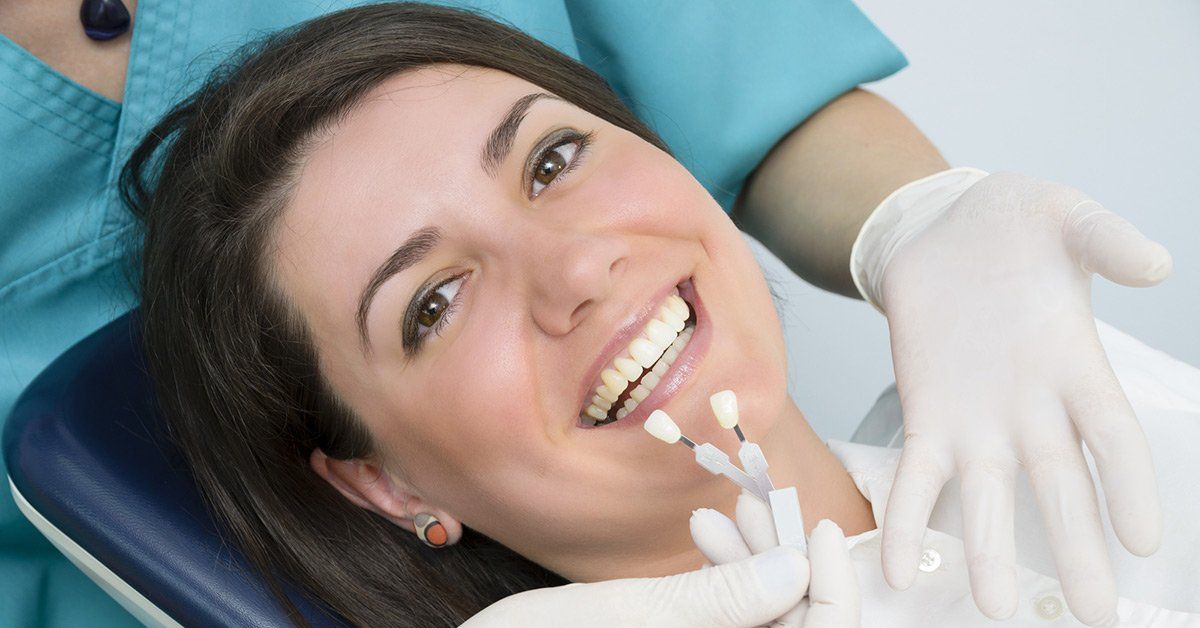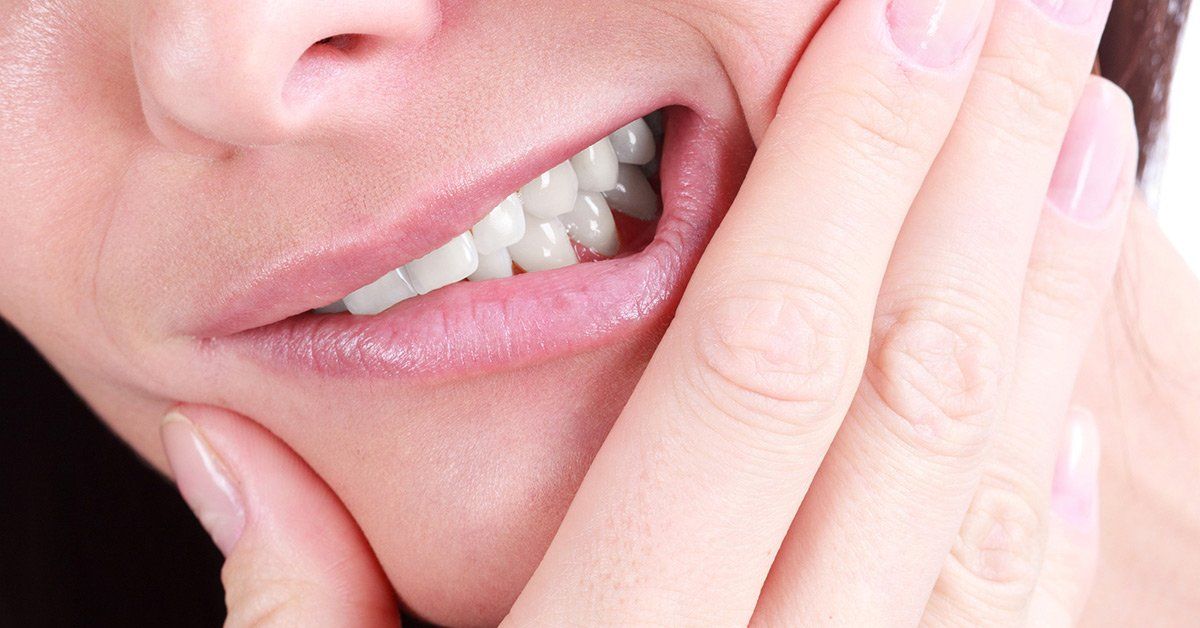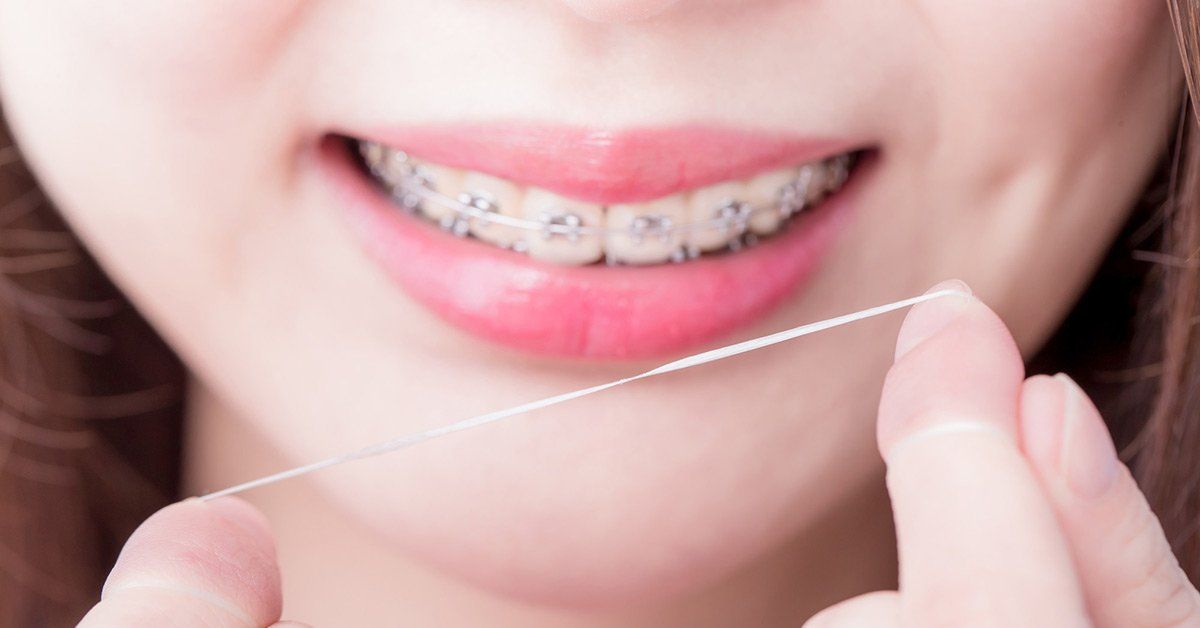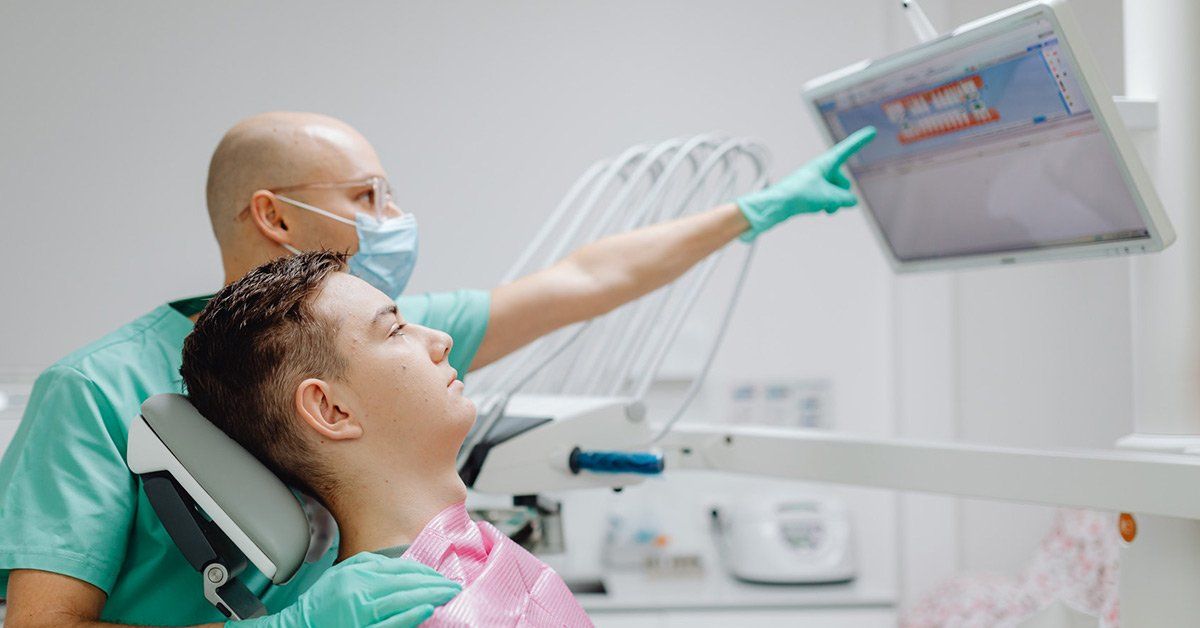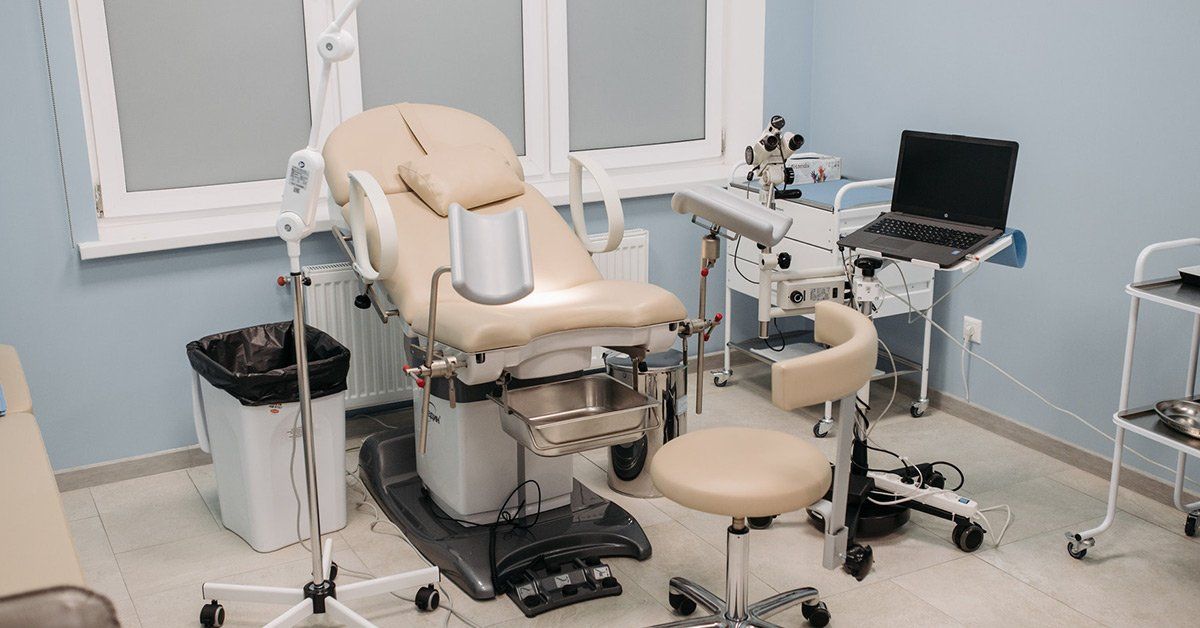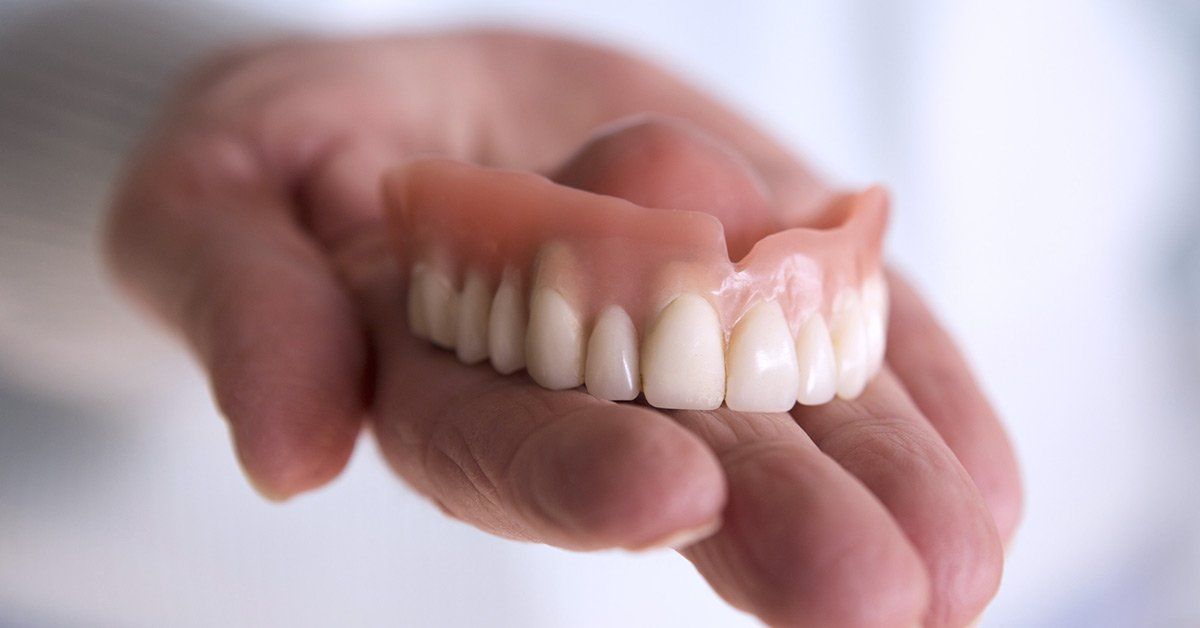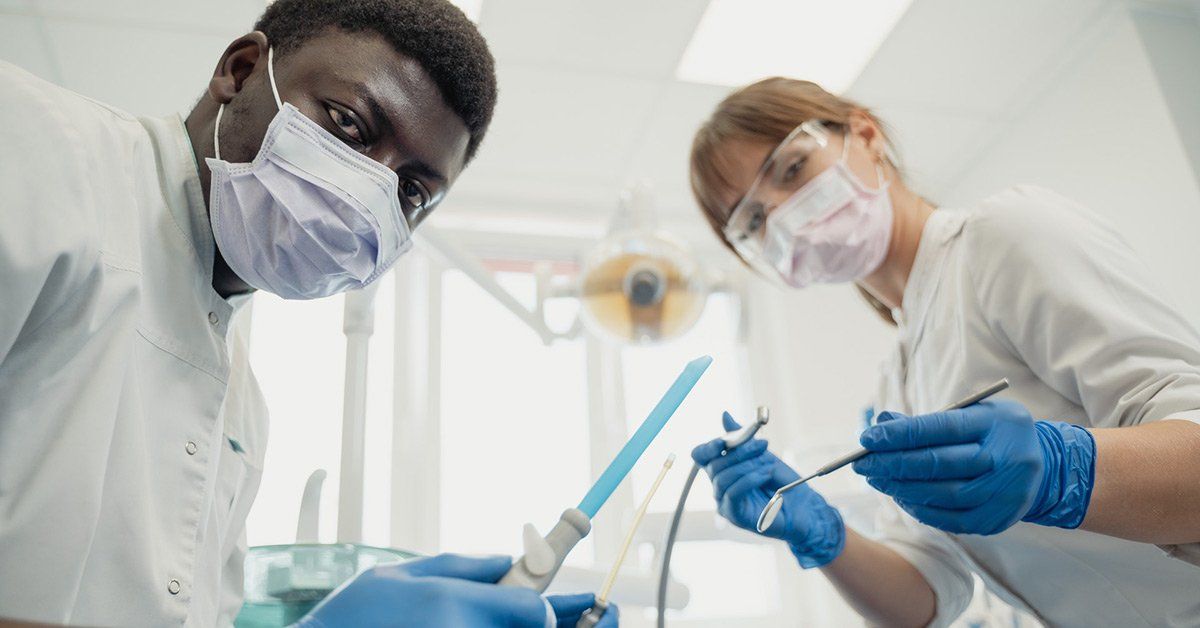Nature's Symphony
Breathtaking colors of our planet
Button
Does a Kid Friendly Dentist in Catoosa Recommend Teeth Whitening for Children and Teens?
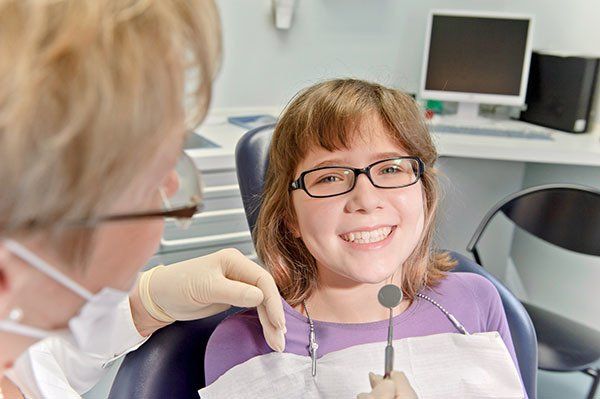
When preparing to visit a kid friendly dentist in Catoosa, it is important to understand a bit more about teeth whitening for children and teens. Because most parents want to see bright, white teeth, it can be concerning if a tooth starts to turn dark or yellow. This may cause some parents to turn to whitening products. As with most treatments given to children, it is crucial to know how teeth whitening can impact them. When thinking about using teeth whitening products or treatments on a child, here are some things dental professionals recommend thinking about first.
Properly assess the situation
Before assuming a child’s teeth need whitening, it can be important to know exactly what is causing the discoloration. It is also necessary to use special caution when doing anything to the teeth of a child.
Causes of tooth discoloration
Mayo Clinic states the main causes of tooth discoloration among children are:
- Tooth injury
- Too much fluoride
- Medication use
- Weak enamel
- Illness
- Inadequate brushing
In these cases, simply using a whitening product on the teeth will only cause further damage to them. A kid friendly dentist in Catoosa should prefer to treat the cause of the discoloration rather than just the color itself.
Take age into consideration
According to the American Academy of Pediatrics, the enamel on children’s primary teeth is thinner than that of permanent teeth. This means they are more susceptible to damage from harsh chemicals, such as those in any form of whitening treatment. Even whitening toothpaste can cause gum and enamel damage to the primary teeth of a child. The AAP recommends waiting until after a child turns 14 years old to begin any sort of whitening treatment. This ensures all primary teeth have fallen out, and the permanent teeth have had sufficient time to fully calcify.
Use the right type of whitening treatment
APA statistics show the number of tooth whitening options has increased exponentially in recent years. Especially when dealing with the teeth of a child, it is critical to know which treatment is best.
Over-the-counter products
Whitening toothpaste, whitening strips and paint-on gel are just a few options available to anyone seeking to whiten teeth at home. The American Dental Association has stated the main ingredient in most whitening treatments is hydrogen peroxide, which can cause tooth sensitivity, as well as root damage, to children’s teeth.
Professional treatments
The American Academy of Pediatric Dentistry believes whitening treatments are healthier and more effective when applied by a professional. Treatments provided by a dentist also tend to be less harmful to children’s teeth and gum tissue than those available over-the-counter. Because professional whitening trays usually fit better than an appliance or kit bought at a store, any negative impact to the mouth can be minimized.
Conclusion
Although a variety of teeth whitening options is readily available, it is usually a good idea to avoid using such products until after a child is 14 years old. This prevents premature damage to permanent teeth that can lead to dental issues later in life. Any professional, kid friendly dentist in Catoosa should put the health of the child before the appearance of teeth.
Your smile deserves the best
Harmony Family Dentistry
Office Hours:
Monday-Friday:
8:00am - 5:00pm
Links
Our Office
360-841-7677
© 2025
All Rights Reserved | Harmony Family Dentistry
Website maintained by Xpress, INC




